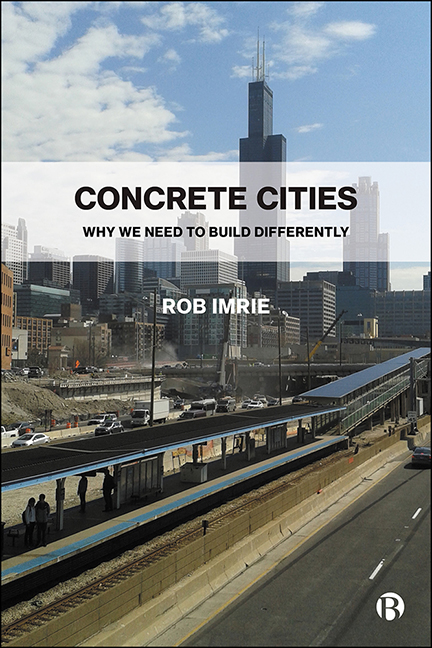Book contents
- Frontmatter
- Contents
- List of Figures
- About the Author
- Preface
- 1 Introduction: The Omnipresent Nature of Building
- 2 The Significance of Building and Construction
- 3 Building and the Construction State
- 4 Speculation and Building Booms
- 5 Disruption, Displacement and Dispossession
- 6 Demolition: Wasting the City and Teardown Building
- 7 Why Building More Housing Will Not Work
- 8 Building That Matters to People
- 9 Constructing for Species Survival
- 10 Building and Construction That Cares
- Notes
- References
- Index
10 - Building and Construction That Cares
Published online by Cambridge University Press: 30 April 2022
- Frontmatter
- Contents
- List of Figures
- About the Author
- Preface
- 1 Introduction: The Omnipresent Nature of Building
- 2 The Significance of Building and Construction
- 3 Building and the Construction State
- 4 Speculation and Building Booms
- 5 Disruption, Displacement and Dispossession
- 6 Demolition: Wasting the City and Teardown Building
- 7 Why Building More Housing Will Not Work
- 8 Building That Matters to People
- 9 Constructing for Species Survival
- 10 Building and Construction That Cares
- Notes
- References
- Index
Summary
Introduction
[T]he most fundamental problem that architecture has within itself, which is also a problem that is inherent within our society, [is] we have too much stuff, we have too many buildings. (Betsky, 2017: 1)
The built environment is the most potent representation and material manifestation of people's presence on the planet, and in the course of its construction, ongoing management and maintenance, and the daily rhythms of use, it has profound effects on people's lives and the qualities of ecology and the environment. Our lives are shaped by the design and emplacement of buildings and infrastructure, and there is a directionality embedded into them that influences much of what we do, how we do it and how we experience places. From the pavements and roads that provide the connections directing people from one place to another, to the juxtaposition of buildings and their interior design that shape how people move within and between spaces, the designed and constructed environment is formative in influencing social encounters and interactions. It is also closely intertwined with the functioning of the world's biosphere, and is significant in the ongoing degradation and deterioration of local and global ecosystems.
Such is the importance of the built environment that there is a need to build in ways whereby it works well for all species, but the reality is that this is very far from being so. Too much of the built environment is based on speculation in land and property, or the propagation of a casino capitalism characterised by investments in risk-taking ventures that prioritise the construction of high-value-added buildings and infrastructure. This reflects the construction of buildings as a commercial asset, or part of an exchange economy in which their use, and usefulness, appear to be less important than the maximisation of returns from investment. This translates into a political economy of building and construction that is implicated in the production of buildings as a series of commodities, or tradable assets, in which spatial development is characterised, disproportionately, by a built environment that reflects the pursuit of value enhancement in the (re)production of space.
- Type
- Chapter
- Information
- Concrete CitiesWhy We Need to Build Differently, pp. 209 - 227Publisher: Bristol University PressPrint publication year: 2021



